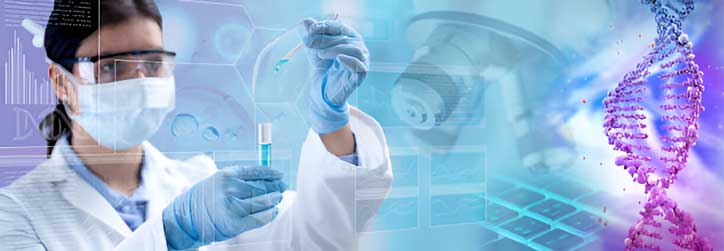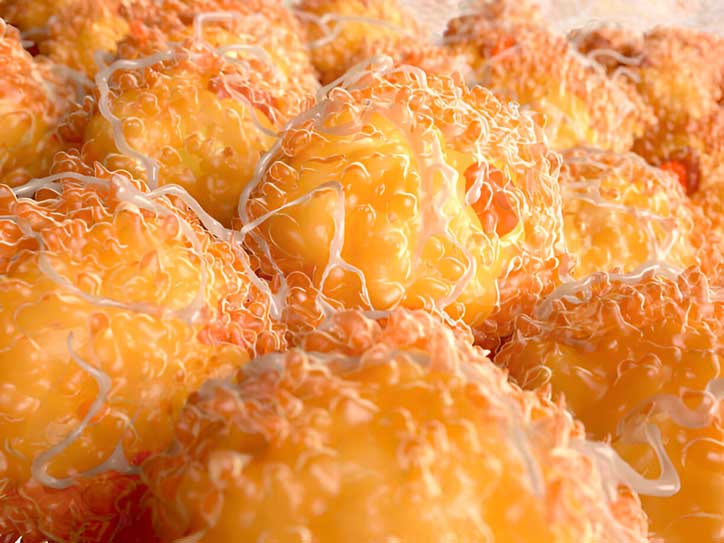Recent advancements in stem cell methods under lab conditions have created the opportunity for cells in regenerative medicine and tissue engineering. Mesenchymal stem cells, in this regard, have drawn particular attention when it comes to healing. The multipotent cells exhibit many unique characteristics. From self-renewal abilities to high proliferation potential, the stem cell injections Arizona can do everything.
An abundance of cells in adipose tissues makes them an attractive source of stem cells to use in regenerative medical applications. If you’re new to regenerative medical procedures, learning about adipose tissues and their connection with stem cells may help you understand their clinical application.

Connection between Adipose Tissues and Stem Cells
Medical professionals perform approximately 400,000 liposuction surgeries in the USA each year. The procedures use a higher concentration of lipoaspirate tissues, which are routinely discarded. Note that fatty tissues have a high content of ASCs (Adipose Stem Cells) in adipose tissues.
The feature excludes the requirement of Vitro culture in the long run. Also, it decreases the risk of developing chromosomal abnormalities. These all characteristics make adipose tissues an attractive source or tool in various clinical applications, particularly for therapeutic purposes.
How Do Experts Collect Adipose Tissues
It is worth mentioning that the collection method of ASCs for stem cells has been controversial. But experts consider using adipose tissues an effective way to treat several medical conditions. Liposuction, in this respect, is the common surgery that uses adipose tissues.
Fat infiltration is the first step in the surgery that uses a massive amount of sodium bicarbonate, saline composition, and lidocaine. This method uses the super-wet technique and tumescent technique to separate the tissues. Once collected, the adipose stem cell therapy Phoenix uses fat tissues with an injected solution through a cannula.
Role of Adipose-Derived Stem Cells
Tissue engineering approach in cell therapy has provided promising treatments to meet many challenges of wound healing, including diabetic and foot ulcers.
Over the years, adipose-derived stem cells have emerged as an innovative therapeutic approach for several diseases such as tissue regeneration and wound repair. Experts have studied many types of stem cells in clinical settings that include adipose-derived stem cells, bone marrow-derived stem cells), and circulating angiogenic for wound healing.

Adipose tissue contains a high content of mesenchymal stem cells. The studies show an improved outcome in healing when experts use ASCs for treatment. It is because they have the ability to produce paracrine and differentiate into various lineages. It can initiate the tissue regeneration process without any side effects.
The high concentration of fat tissues, extensive proliferative capacity, the release of pro-angiogenic factors, and isolation ease make ASCs an ideal type of stem cells to treat non-healing wounds.
Summing Up
In a nutshell, adipose-derived stem cells play an essential role in wound healing. The tissues provide an abundant supply of stem cells, have a high mechanism and safety profile for tissue regeneration, and wound repair.

Dr. David Greene
MD, PhD, MBA
Dr. David Greene, MD, PhD, MBA, is a pioneering leader in regenerative medicine and healthcare marketing. As a residency and fellowship-trained orthopedic surgeon, Dr. Greene transitioned from clinical practice to become the founder and CEO of R3 Stem Cell and US Lead Network, where he has revolutionized patient care and medical practice growth through innovative therapies and digital marketing strategies. He has authored two influential books on healthcare internet marketing, ranks among the top expert authors globally, and has been featured on the cover of Corporate Vision magazine for his impact on global regenerative therapies. Beyond his professional achievements, Dr. Greene is passionate about education, compassion, and continuous innovation.

No Comments